NB-IoT, Niubility Internet of Things, refers to the powerful IoT technology.
Regarding the Internet of Things, I would like to start with two interesting applications…

This is not a restricted broadcast. This is the 3D fitness mirror launched by Nake Labs, which tracks your body shape changes through 3D scanning.
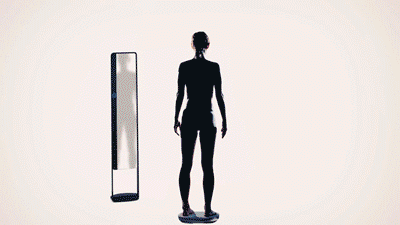
This smart fitness mirror, named Naked, establishes a 3D model by scanning the body, records shape changes, and synchronizes data to the mobile app for analyzing your fitness results.
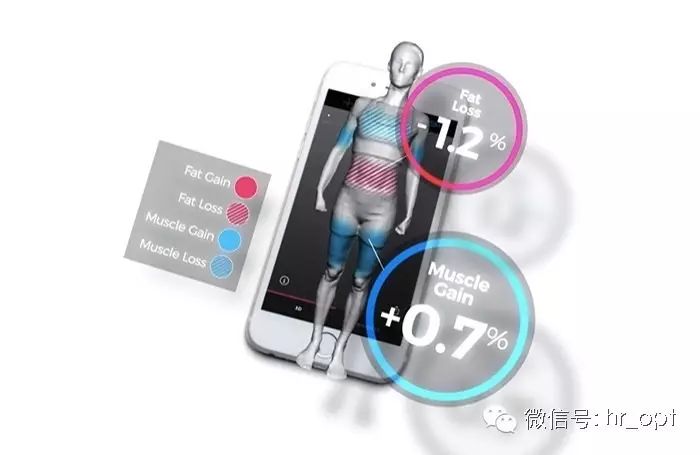
There is also Amazon’s infamous “one-click order” button…
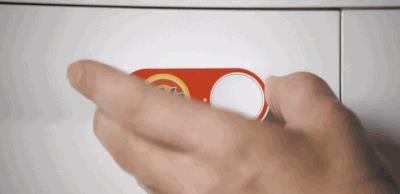
This device is called the Dash Button, a plastic button that can be stuck around the house. For example, if you stick one on the washing machine and find that the detergent is used up, you press the button to place an order, and the delivery arrives quickly… Online shopping enthusiasts can’t handle it…

The above two IoT applications both utilize WiFi communication technology.
There are many wireless communication technologies for the Internet of Things, mainly divided into two categories: one is short-range communication technologies such as Zigbee, WiFi, Bluetooth, Z-wave, etc.; the other is LPWAN (low-power Wide-Area Network), which refers to wide-area network communication technologies.

LPWA can be further divided into two categories: one operates on unlicensed spectrum technologies like LoRa and SigFox; the other operates on licensed spectrum, which includes 3GPP-supported 2/3/4G cellular communication technologies such as EC-GSM, LTE Cat-M, and NB-IoT.
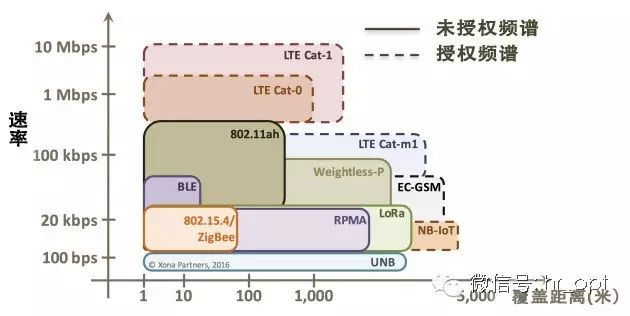
The Internet of Everything is a major trend and an inevitable development; various IoT technologies are also emerging rapidly.
In the face of various emerging IoT technologies, 3GPP mainly has three standards: LTE-M, EC-GSM, and NB-IoT, which are based on LTE evolution, GSM evolution, and Clean Slate technology respectively.
●LTE-M
LTE-M, or LTE-Machine-to-Machine, is an IoT technology based on LTE evolution, referred to as Low-Cost MTC in R12 and LTE enhanced MTC (eMTC) in R13, aimed at meeting the needs of IoT devices based on existing LTE carriers.
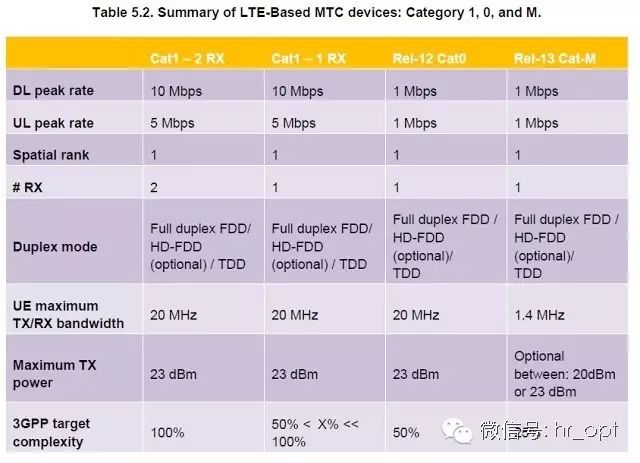
Those familiar with LTE UE categories will not find it strange. To adapt to IoT application scenarios, 3GPP defined the minimum rate UE device as UE Cat-1 in R11, with an uplink rate of 5 Mbps and a downlink rate of 10 Mbps. To further meet the low power and low rate requirements of IoT sensors, in R12, 3GPP defined a lower-cost, lower-power Cat-0 with uplink and downlink rates of 1 Mbps.
●EC-GSM
EC-GSM, or Extended Coverage-GSM technology.
With the rise of various LPWA technologies, the disadvantages of traditional GPRS used in IoT have become prominent. In March 2014, the 3GPP GERAN #62 meeting proposed the research project “Cellular System Support for Ultra Low Complexity and Low Throughput Internet of Things,” which suggested migrating narrowband (200 kHz) IoT technology to GSM, seeking a more extensive coverage range than traditional GPRS by 20 dB, and proposed five major goals: enhance indoor coverage performance, support large-scale device connections, reduce device complexity, reduce power consumption, and reduce latency. In 2015, the TSG GERAN #67 meeting report stated that EC-GSM had met the five major goals.
GERAN (GSM EDGE Radio Access Network) is the abbreviation for the GSM/EDGE wireless communication network (Radio Access Network). GERAN is led by 3GPP, mainly formulating GSM standards. Since early cellular IoT technologies were based on GSM, many IoT projects were conducted by GERAN.
With the development of technology, cellular IoT communication needs to be redefined, which we colloquially call the “clean-slate” solution, similar to the saying “clean the house before inviting guests,” leading to the emergence of NB-IoT. Since NB-IoT technology is not based on GSM and is a clean-slate solution, the work of cellular IoT has shifted to the RAN group. GERAN will continue to study EC-GSM until the R13 NB-IoT standard is frozen.
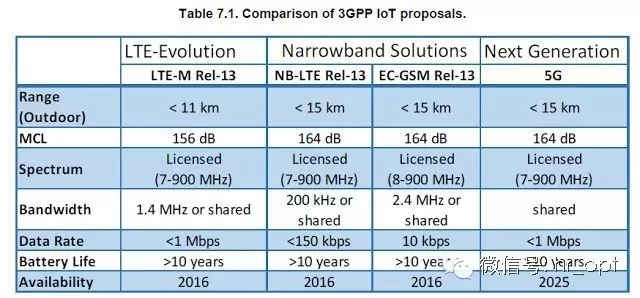
●NB-IoT
In August 2015, 3GPP RAN began to study a new air interface technology for narrowband wireless access called Clean Slate CIoT, which covers NB-CIoT.
NB-CIoT was jointly proposed by Huawei, Qualcomm, and Neul, while NB-LTE was proposed by manufacturers like Ericsson and Nokia.
NB-CIoT proposed a brand new air interface technology, relatively speaking, it has significant changes on the existing LTE network, but NB-CIoT is the only cellular IoT technology among the six major Clean Slate technologies that meets the five major goals proposed in the TSG GERAN #67 meeting (enhancing indoor coverage performance, supporting large-scale device connections, reducing device complexity, reducing power consumption, and reducing latency), especially as the communication module cost of NB-CIoT is lower than that of GSM modules and NB-LTE modules.
NB-LTE is more inclined to be compatible with existing LTE, and its main advantage lies in easy deployment.
Ultimately, after intense negotiations at the RAN #69 meeting in September 2015, it was agreed that NB-IoT can be considered as a fusion of NB-CIoT and NB-LTE.
Here is a quote from the 3GPP RAN meeting report regarding cellular IoT technology:
The Internet of Things (IoT) is an important technology for the future. Although 3GPP has MTC (Machine Type Communication) related technologies in R12/R13, its basic approach is to optimize existing LTE technology and architecture rather than to design anew for IoT characteristics. Compared to the optimization approach of MTC technology, the Cellular Internet of Things (CIoT) technology project proposes a new design specifically for IoT characteristics, which does not necessarily need to be compatible with the existing LTE technology framework.
To simply understand the process of promoting IoT standards, let’s summarize Huawei’s two proposals:
●RP-150709: “Views on specification for a Cellular IoT system in RAN”, Huawei
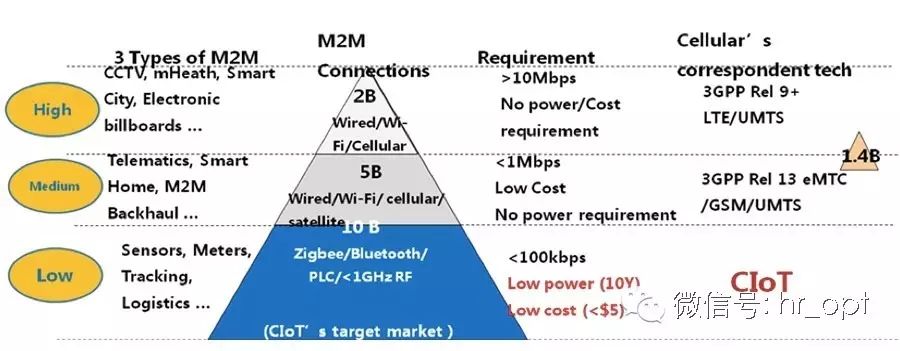
Huawei believes that, as shown in the image above, existing mobile communication technologies such as LTE are more suitable for applications requiring high speed, such as smart cities; some low-speed technologies like WiFi can be applied to smart homes; for other applications requiring extremely low speed, low cost, and low power, such as smart metering and sensor tracking, CIoT technology is particularly suitable, accounting for the largest number of terminals.
Currently, there are two major directions for promoting CIoT: one is the continuous improvement of technologies based on the GSM system, and the other is the proposal for a brand new (Clean Slate) CIoT technology design.
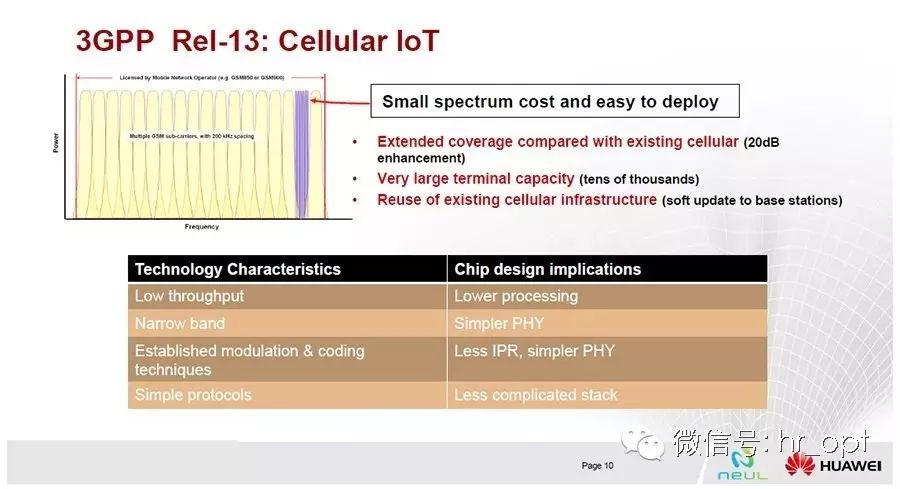
Huawei suggests that working groups RAN1 to RAN4 should include the new CIoT technology in their work projects and quickly list it as an R13 work item.
●RP-151359: “NB-CIoT – Deployment Scenarios”, Huawei
This is Huawei’s proposal for three application scenarios of NB-CIoT:

In the image above, the left image shows the deployment of CIoT using GSM carriers, moving some of the carriers originally providing GSM services to CIoT; the middle image shows the deployment method where CIoT and existing network systems are independently deployed, each using independent spectrum, which is the simplest deployment method, but CIoT requires a segment of its own spectrum; the right image shows CIoT coexisting with the existing LTE system, utilizing the part of the LTE spectrum where the edge signal strength is weaker for deployment. The advantage is that CIoT does not require a segment of its own spectrum, while the disadvantage may be interference with the LTE system. However, if the distance between CIoT and the nearest sub-carrier of LTE is more than 200 kHz, the coexistence interference between CIoT and LTE can be effectively controlled.
Regarding the differences between NB-CIoT and NB-LTE, you can refer to the previous images if you are interested…
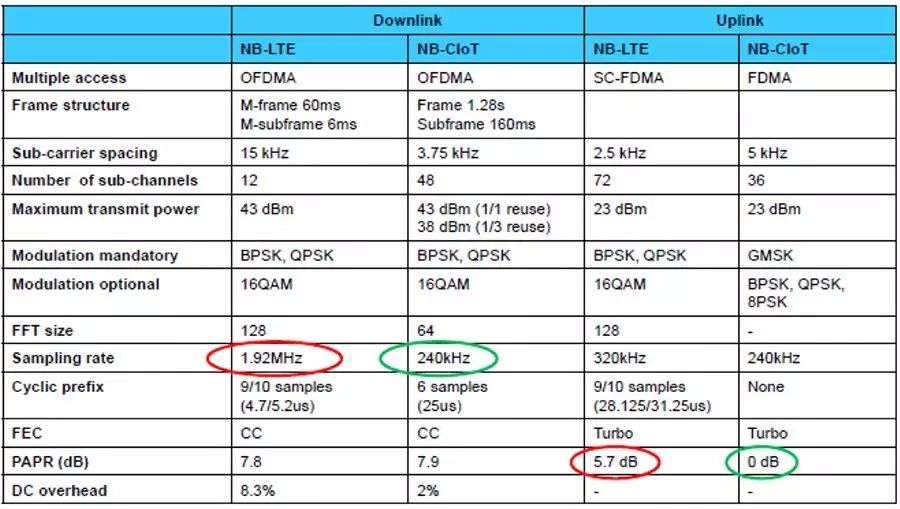

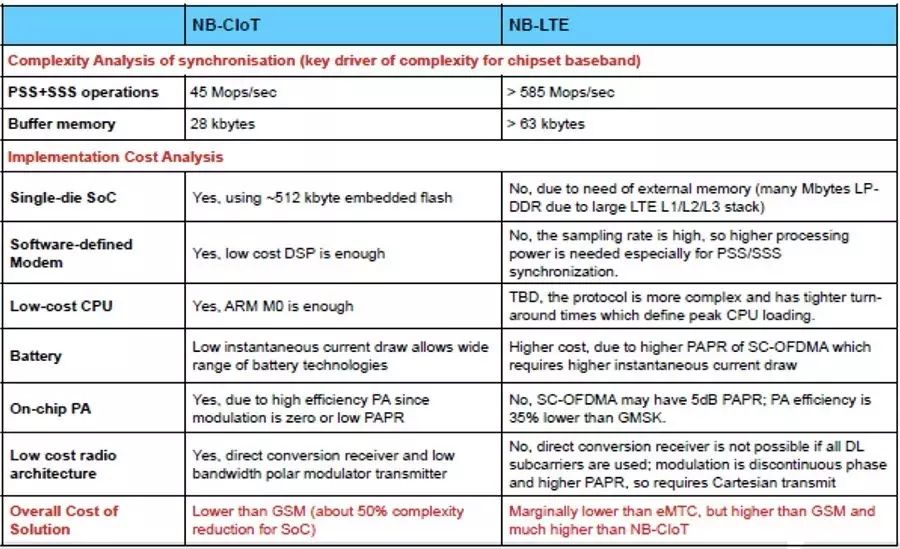
With so many IoT technologies, the competition is certainly fierce. In addition to the conflicts between NB-CIoT and NB-LTE, there are also conflicts between NB-IoT and LTE-M, as well as the competition between cellular IoT technologies under 3GPP and other LPWA technologies…
Some say that the emergence of the NB-IoT standard will shatter technologies like Sigfox and LoRa, as operators supporting NB-IoT will have a larger customer base than those using Sigfox and LoRa technologies.
Fans of Sigfox and LoRa technologies disagree, arguing that NB-IoT has yet to be commercially deployed, and that for the next few years, technology costs will remain high. This is indeed a problem; my refrigerator only cost 699 yuan, and if I install a $20 communication module, it will turn into an IoT smart refrigerator, and the price will jump to 730 yuan. I definitely won’t buy it; don’t ask me why? I’m poor!
However, it is said that communication module costs can drop below $5, which we should still look forward to. Moreover, IoT applications are quite extensive, such as smart parking, bicycle anti-theft, vehicle networking, smart cities, smart buildings, environmental monitoring…
Finally, let’s introduce the other ten major IoT communication protocols in detail…
But I really don’t want to type anymore~~~
See you next time! Everyone is welcome to leave comments and corrections; don’t be too polite, I’m very nice (and tough)!
Image source: Huawei, 4G Americas, Xona Partners, etc.
Network Optimization Freelancers Submission Email: [email protected]
Long press the QR code to follow

On the road of communication, let’s walk together!